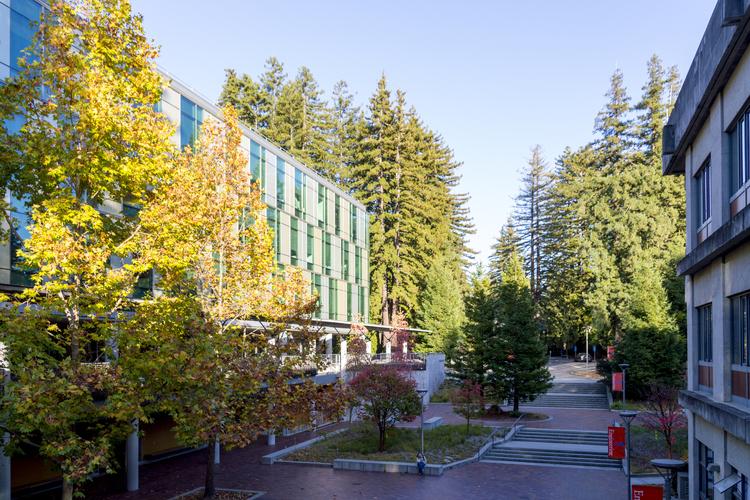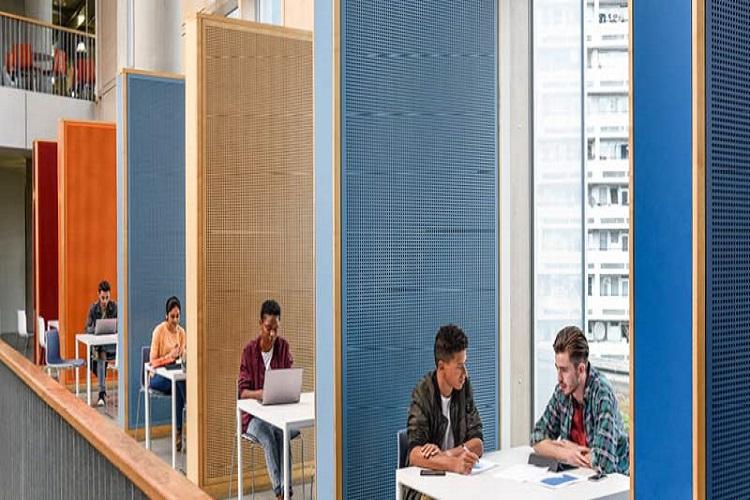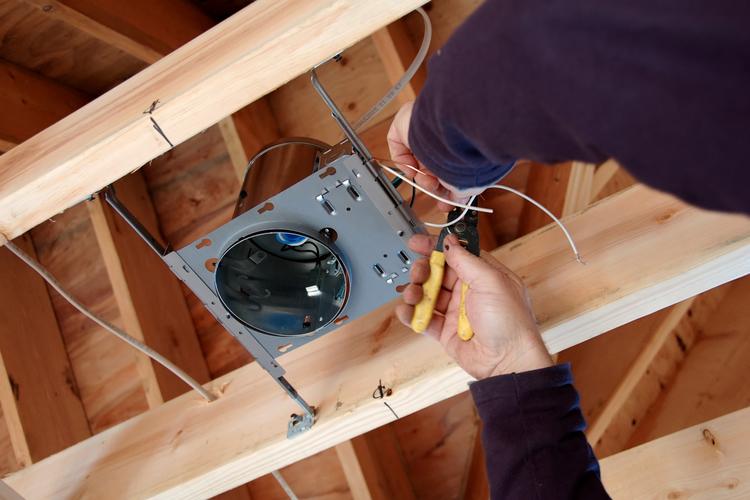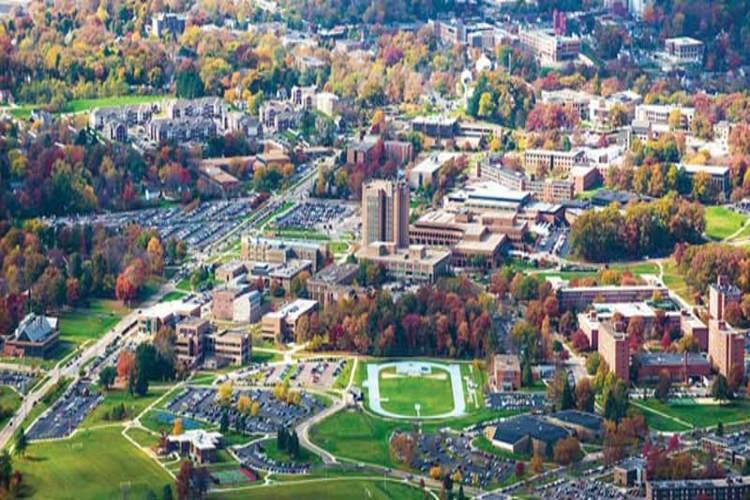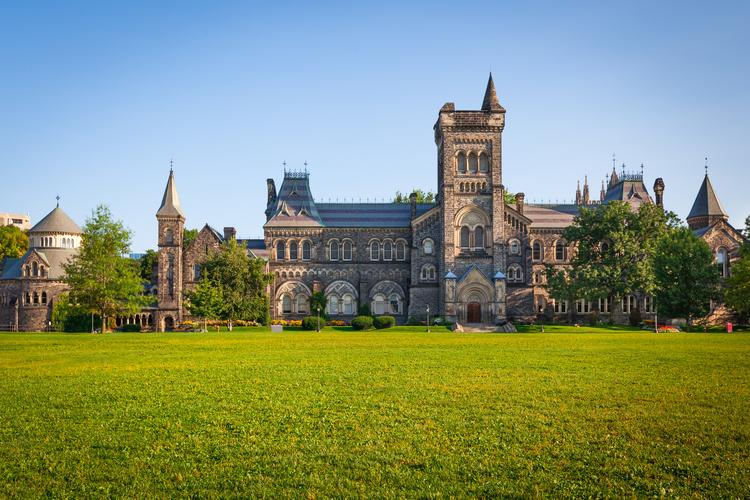UC Santa Cruz Lab Upgrades Lighting & Drives Energy Savings With Light Controls
UC Santa Cruz Lab Upgrades Lighting & Drives Energy Savings With Light Controls
THE OPPORTUNITY
Lighting control upgrades offer opportunities for cost-effective energy savings in research laboratories; however, installations in existing labs hold special challenges. Energy managers at UC Santa Cruz completed a commercial lighting controls and fixture retrofit, working in close collaboration with researchers, to reduce interruptions while producing impressive energy savings. Lighting quality and control is of great concern to biological science researchers because experiments may be sensitive to lighting levels and schedules.
The project team identified the Physical Science Building as a good candidate for a lighting retrofit, as it included a diversity of spaces, opportunities for daylight harvesting, and 30 wet labs. The team developed a scope of work in conjunction with building facilities personnel so that the technologies and solutions would meet the needs of both groups. The team focused on controls and the overhead lighting in labs, hallways, stairs, and in the atrium.
THE SOLUTION
The success of this process relied on a critical evaluation of available lighting control technologies and thorough coordination with stakeholders. One of the important first steps was the evaluation of prospective lighting control systems.
UCSC Energy Analyst Sarah Gilchrist explains that the team reviewed four leading control products, including both wireless and wired systems, with respect to energy savings, cost, flexibility, safety, and the ability to be integrated with the Tridium Niagara building management systems used in most major buildings on campus. The team also placed a high value on using non-propriety systems. As a result, they selected the Daintree™ solution from Current, as it is based on open source standards such as BACnet and ZigBee, it communicates wirelessly, and it does not require the use of proprietary hardware, allowing a wide range of ballasts and sensors to be used.
As part of the retrofit, the team also considered the illumination levels and found that the levels were significantly higher than industry recommendations, a situation all too common in campus buildings. The team extensively modeled the retrofit zones using DIALux, a free lighting simulation tool, to optimize control strategies and lighting levels using various fixture combinations. The maximum illumination levels were reduced from the previous level of 110 foot-candles down to 50 in the labs, and from 25 to 10 FC in the hallways.
To minimize disruption to the labs during both installation and future operations, the project team coordinated closely with laboratory users. The team devised an innovative method of installing the dimming ballasts and control hardware in the light fixtures outside of the lab area, then these wired lights were installed in labs during two-hour time slots early in the morning, avoiding what would otherwise have required more than a full day of installation time. Much of the planning and installation was performed by campus staff with a value-added reseller (VAR) certified with Daintree. Campus staff members also completed VAR training so that they will be able to program system changes as needed, reducing maintenance costs.
The team also replaced recessed 34-watt fluorescent downlights with 9-watt LED retrofit kits, using “goof rings” to accommodate the difference between the existing 8-inch diameter fixtures and the 6-inch LED lights. This change yielded approximately five kW in permanent electrical demand reduction. The team also collaborated with the student Green Labs program for outreach and education, adding training on the use of the controls to the existing program.
THE RESULTS
With Daintree and new fully dimmable ballasts, the team can set more appropriate levels and make significant energy savings. The retrofit is expected to yield energy savings of 40 to 70 percent from the dimming and occupancy control alone. UCSC Energy Analyst Sarah Gilchrist says that energy savings as high as 78 percent have been measured; however, this may be lower as daylight access is reduced in winter.
Daintree provided UC Santa Cruz labs with the flexibility to make changes easily. Early on, the team encountered a problem with false on and off signals, which was diagnosed to be caused from insufficient shielding of the control wiring inside the fixtures. This was simply remedied by installing additional shielding cable wrap inside the fixtures.
Another adjustment was needed when users reported that lights turning on automatically were causing problems with experiments. Sarah Gilchrist notes that a primary focus of the control system programming had been on turning off lights to save energy, and the automatic on function was given less consideration.
Want to see how you can make your environment intelligent?
Contact us to get the conversation started.


